Last week we learned how to figure out the Amps required for the operational power of your home appliance, the microwave. Some people are not sure what we mean when we talk about operational power. This question we get frequently from our non-industry customers.
Operational power can be divided into two categories. Peak power and average power.
First, average power is easy. This is the average power required to operate and keep your equipment running. Using the Microwave from last week; as an example, it would be the power used while your food is being cooked.
Peak power is required to kick start or power on your equipment. It means you are using the most power available for best performance, or the highest result. Basically, it is a lot of power at one time, or a rush of initial power.
The microwave is a small home appliance with the ability cook us a meal. It is quick and convenient, but this is not news to us. The microwave has been assisting families with meals for years. Do you ever think about what is happening when you turn it on, or how it is getting the power to cook for you? Most people don't think about that unless they need to. What happens when you push the start button?
When you push start on the microwave a rush of power is required to start the cooking process. This quick rush of electricity is called peak power. Without peak power, you would not have an average operational power. Something needs to get the microwave cooking.

Have you ever turned the power on an item to have your lights flicker on and off at you? This would be the initial rush of the peak power. It is taking so much initial electricity that it may take away from other items plugged into the same circuit.
Now your lights have flickered, and they turn off rather than turning back on. What is causing this to happen? This is happening because your overloading your circuit. When the peak power is higher than your circuit can handle it will cause the breaker to trip, turning the power off to that circuit. The only reason the circuit should not turn off, is because of an outdated circuit breaker.
SAFETY TIP: In some cases, usually in older homes, your circuit breakers may not have been updated. This can cause the breaker not to trip when it is overloaded. This is a safety hazard because it is possible to cause an electrical fire.
Now that your microwave is cooking, the power being used is going to slowly subside. At this point during the remainder of your cook time you will be using the microwaves average operational power consumption.
Check back next week for a new topic. Every Friday morning on the blog.


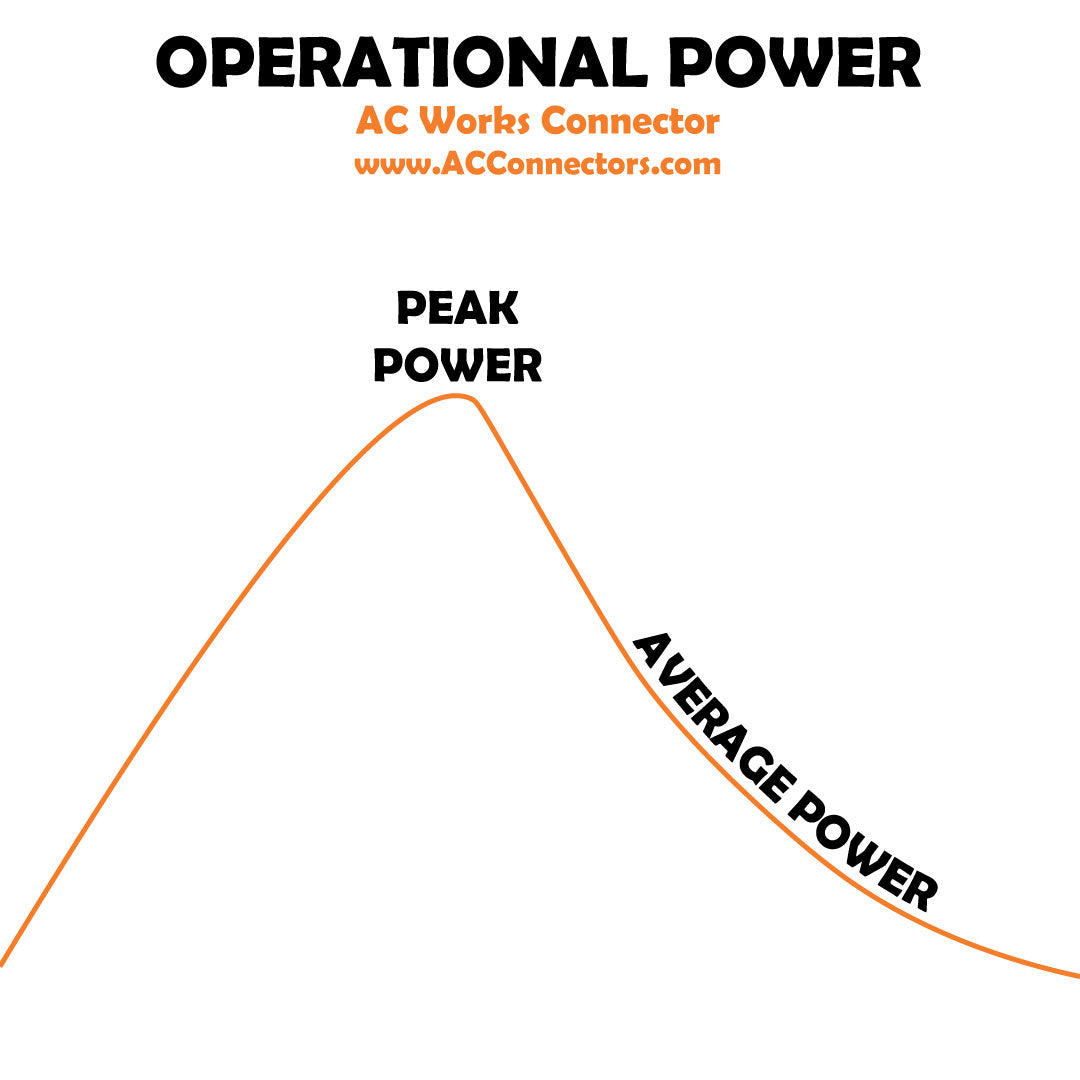

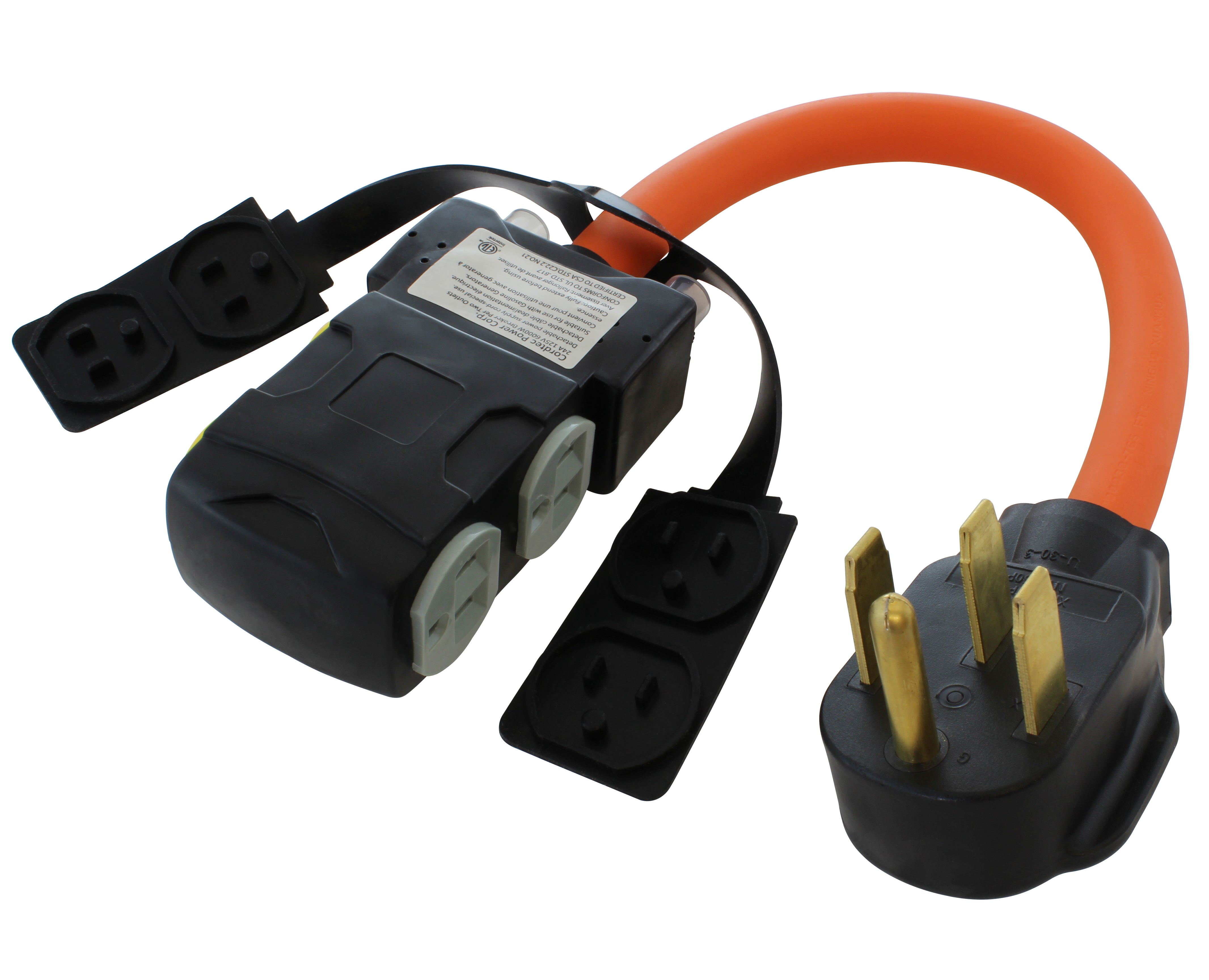
![AC WORKS® [ASINSS2PBX-G] 50A Locking 4-Wire CS6375/ SS2-50 Heavy-Duty Transfer Switch Inlet Box](http://acworks.com/cdn/shop/files/ASINSS2PBX-0_0206b362-7c90-42a5-8754-0685c13dab7e.jpg?v=1758051675&width=2500)
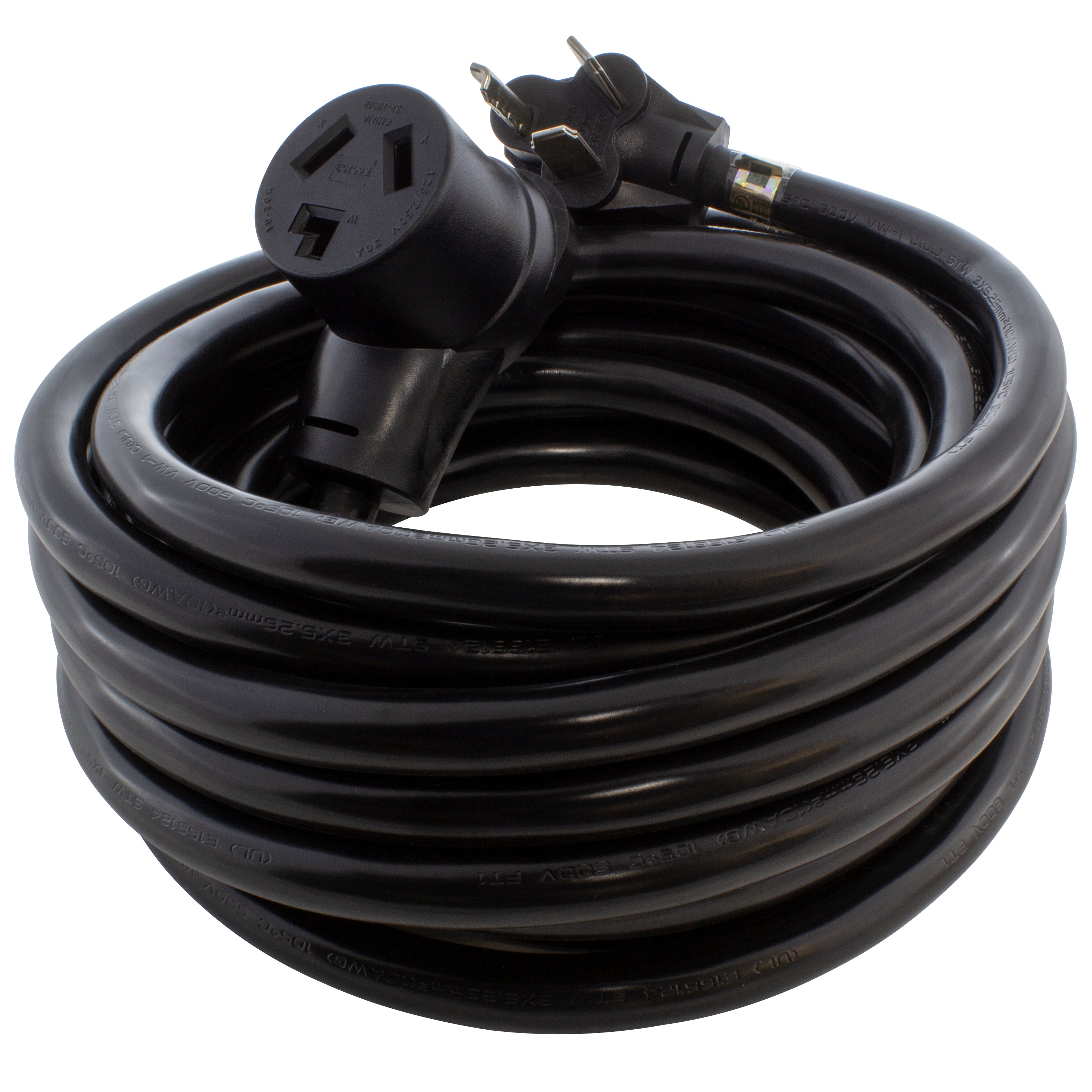
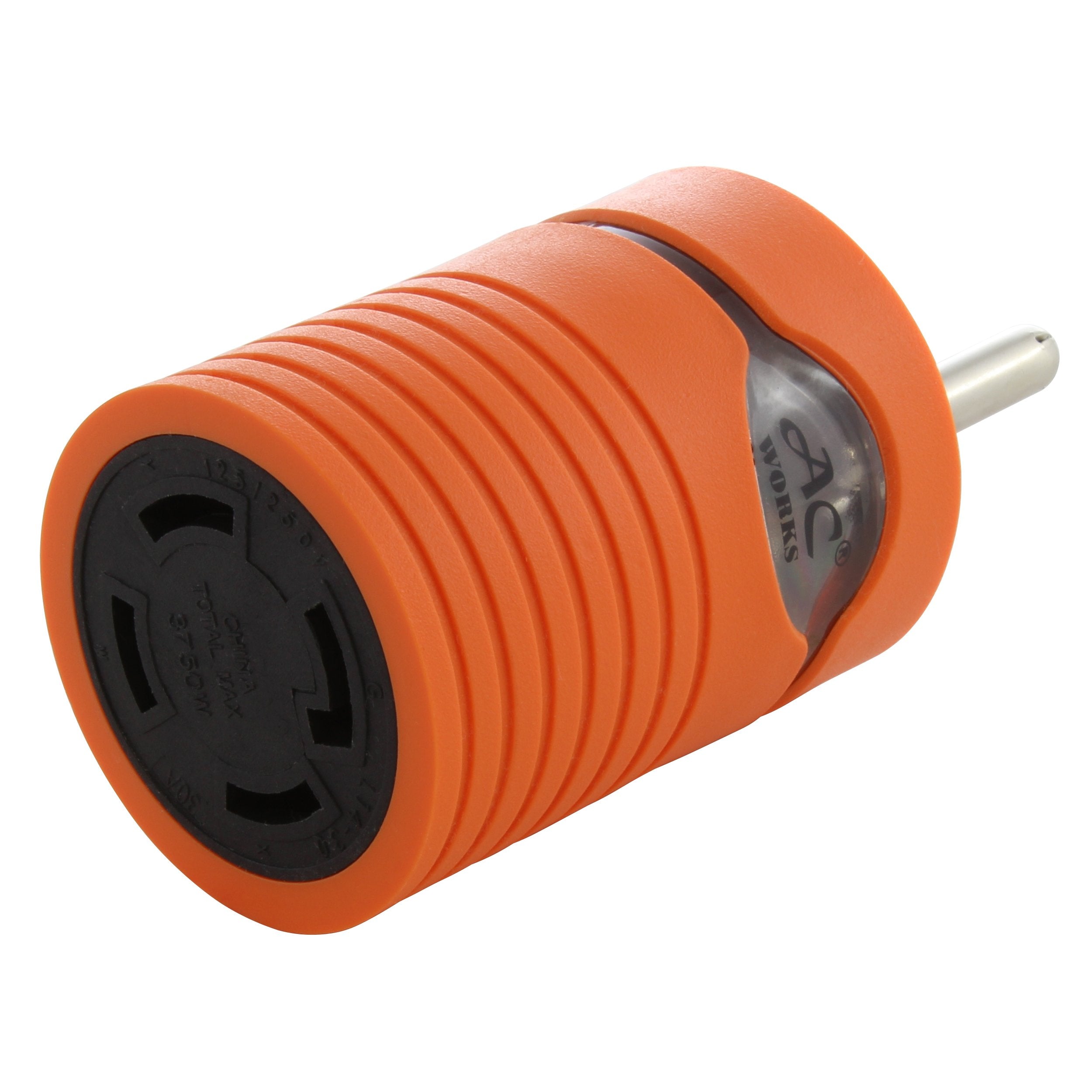
![AC WORKS® [S1430CBF520] 1.5FT 14-30P 4-Prong Dryer Plug to (4) Household Outlets with 24A Breaker](http://acworks.com/cdn/shop/products/S1430CBF520.jpg?v=1666103519&width=4656)
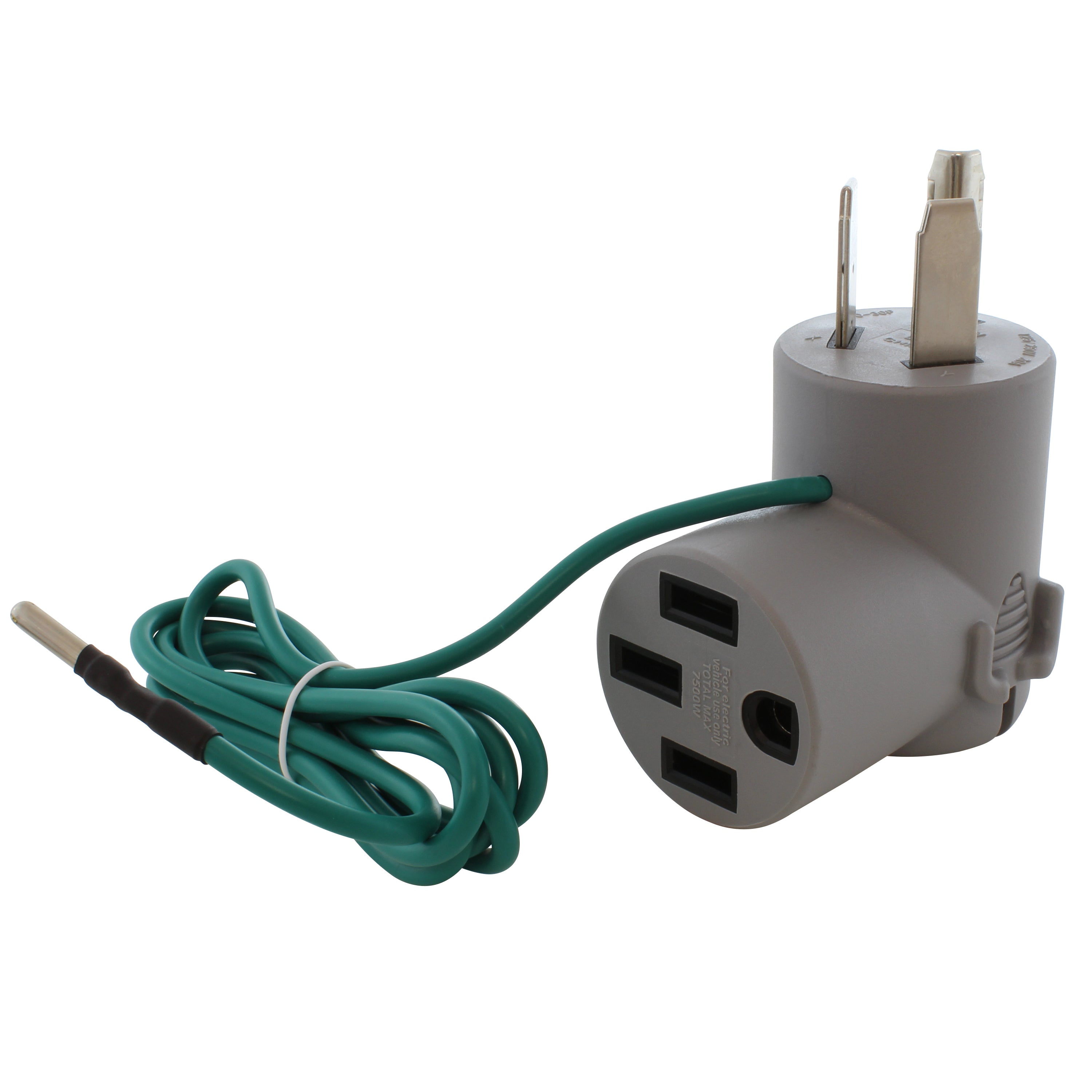
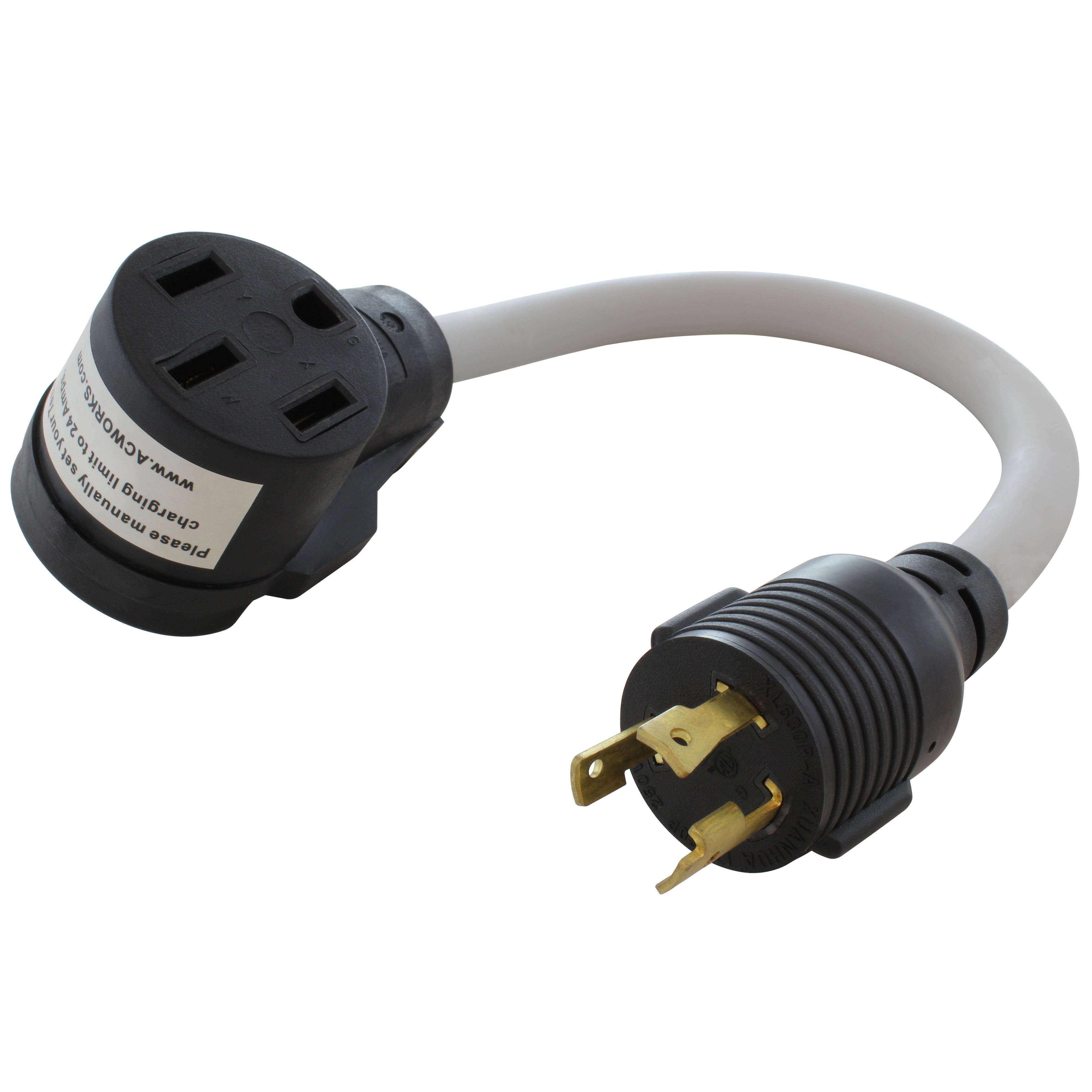
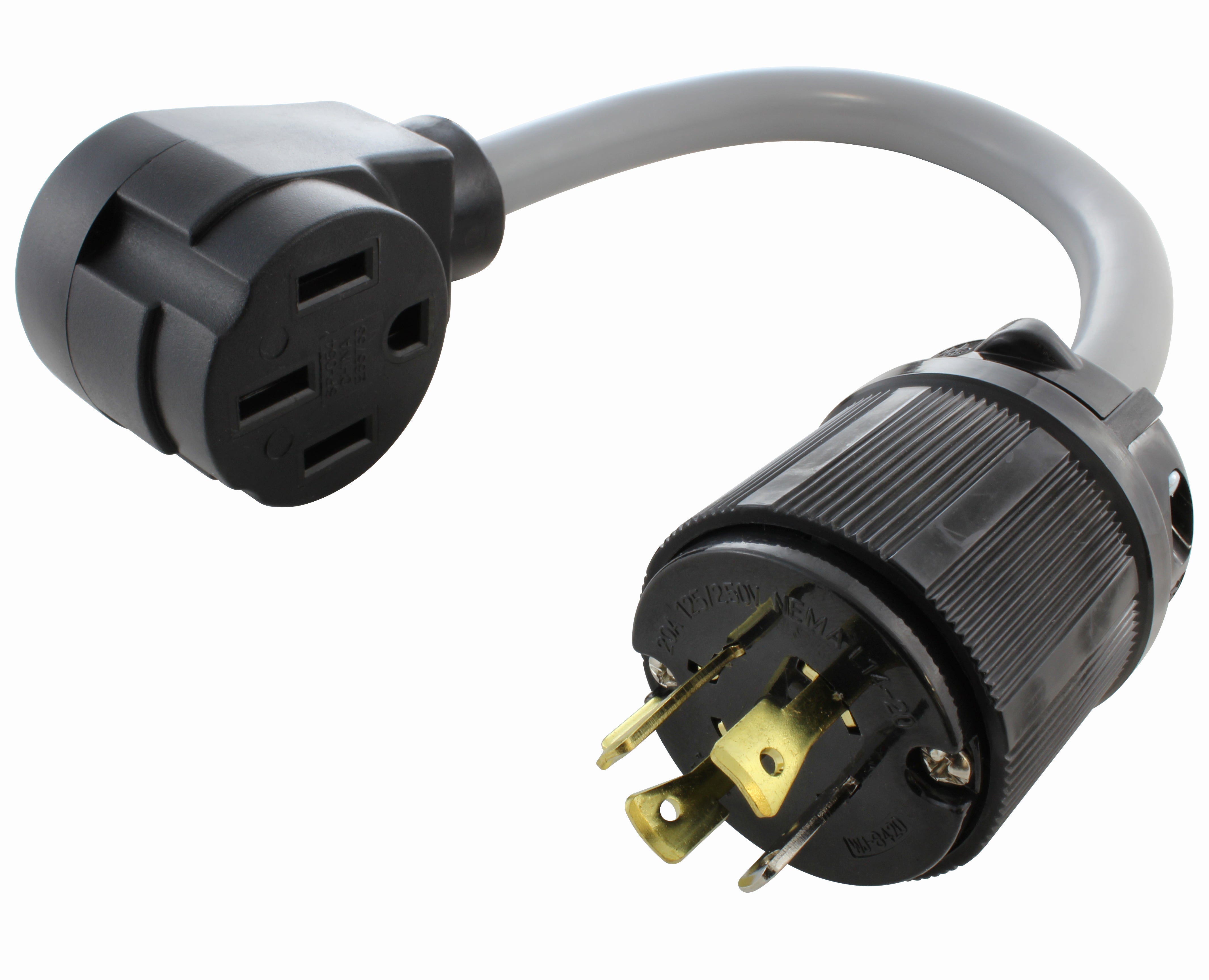
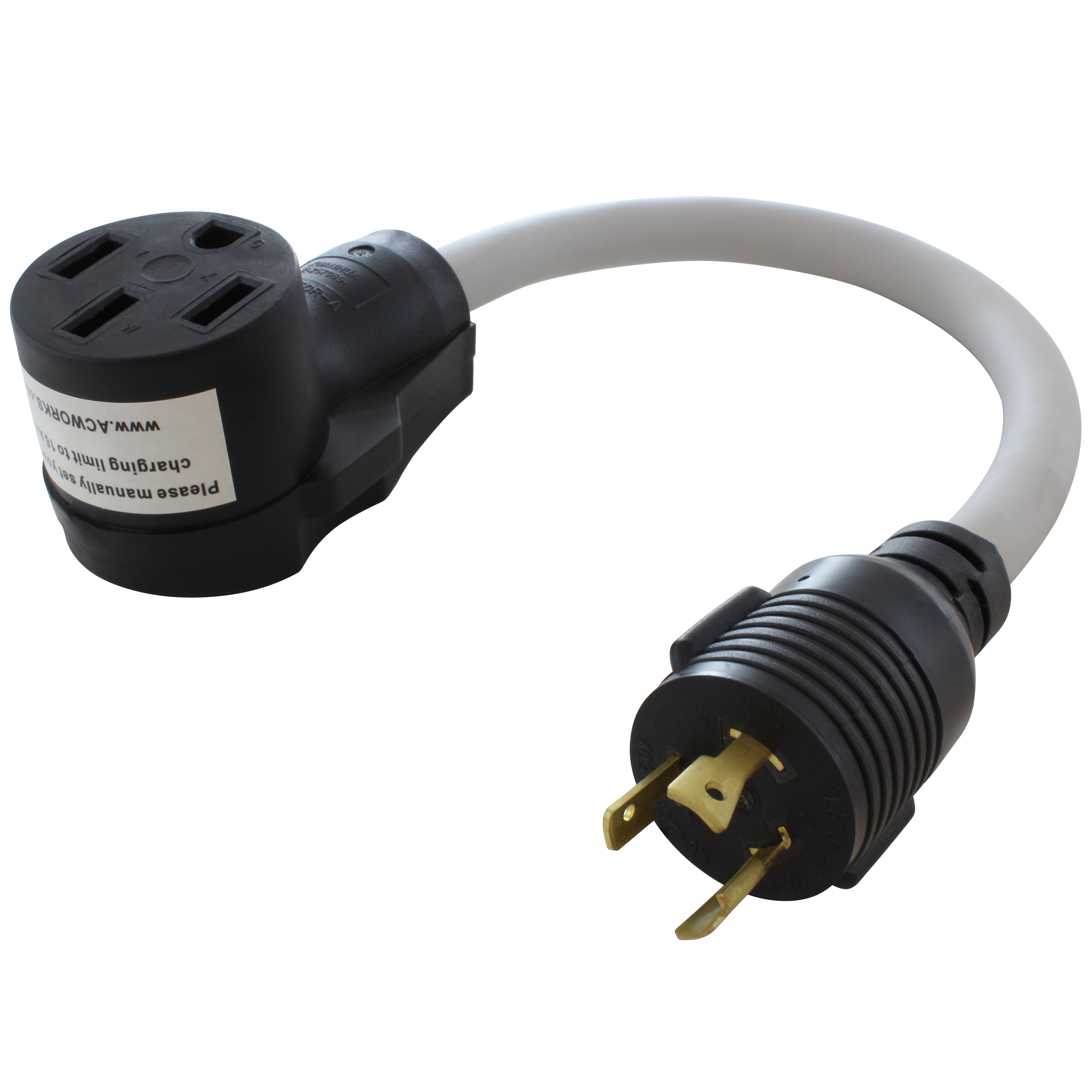
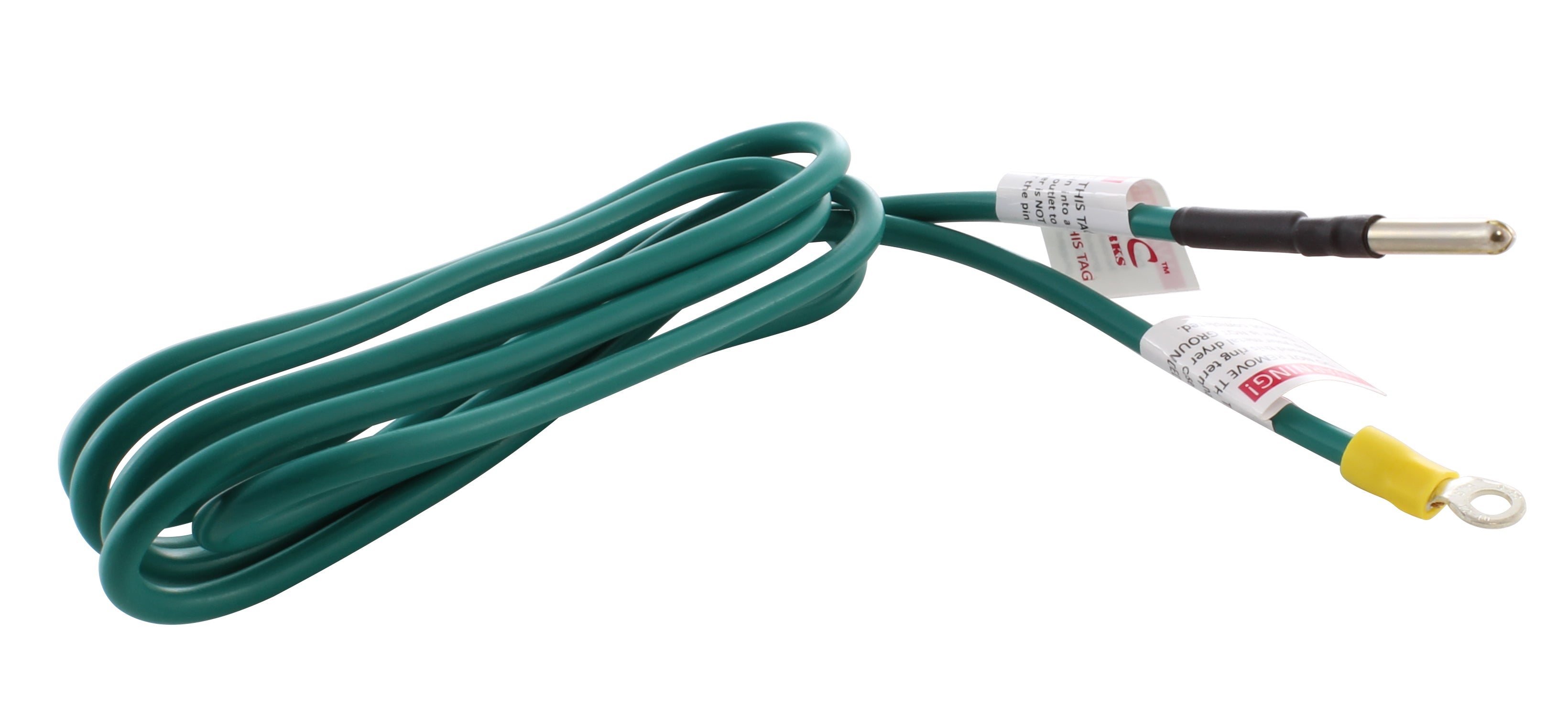

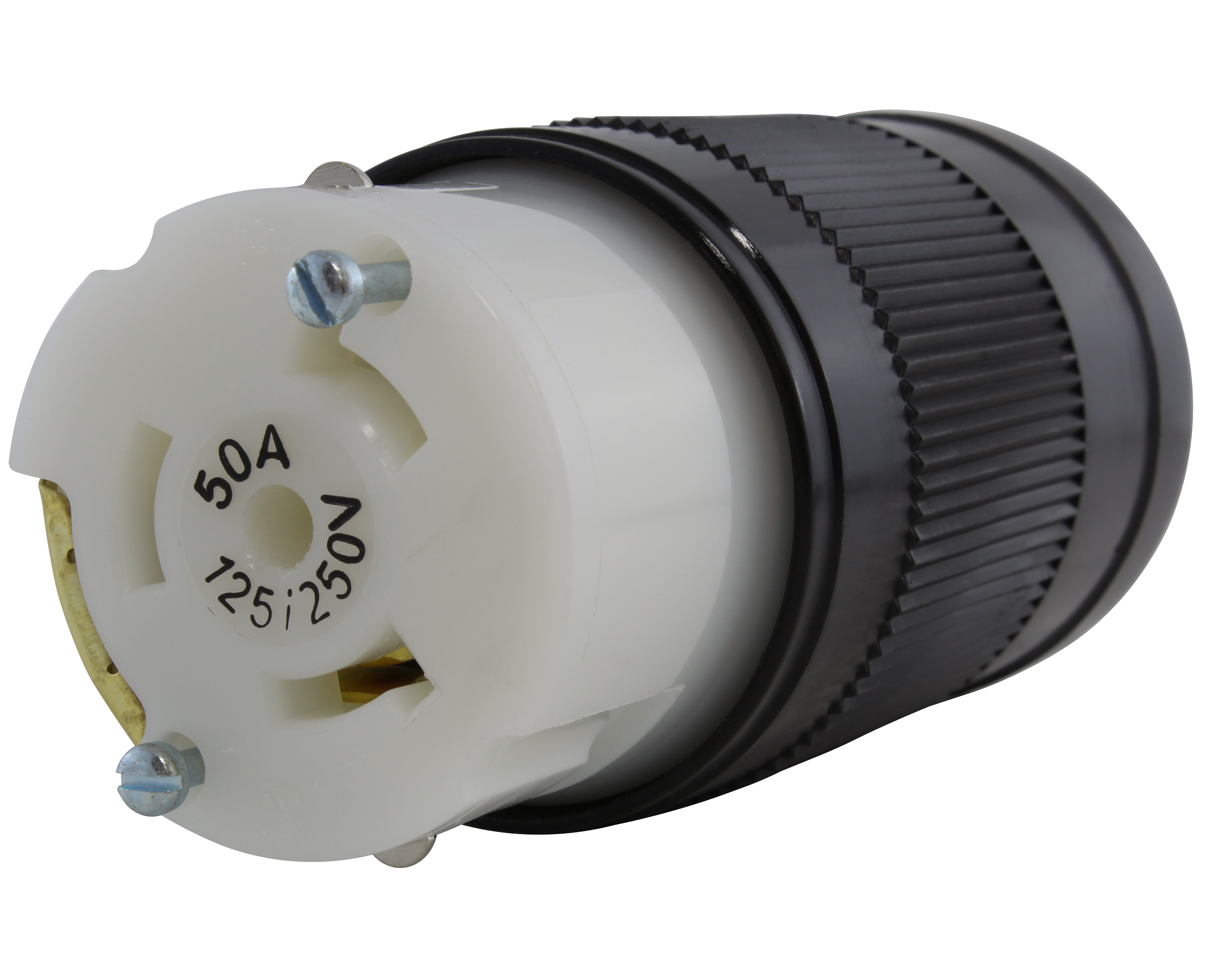
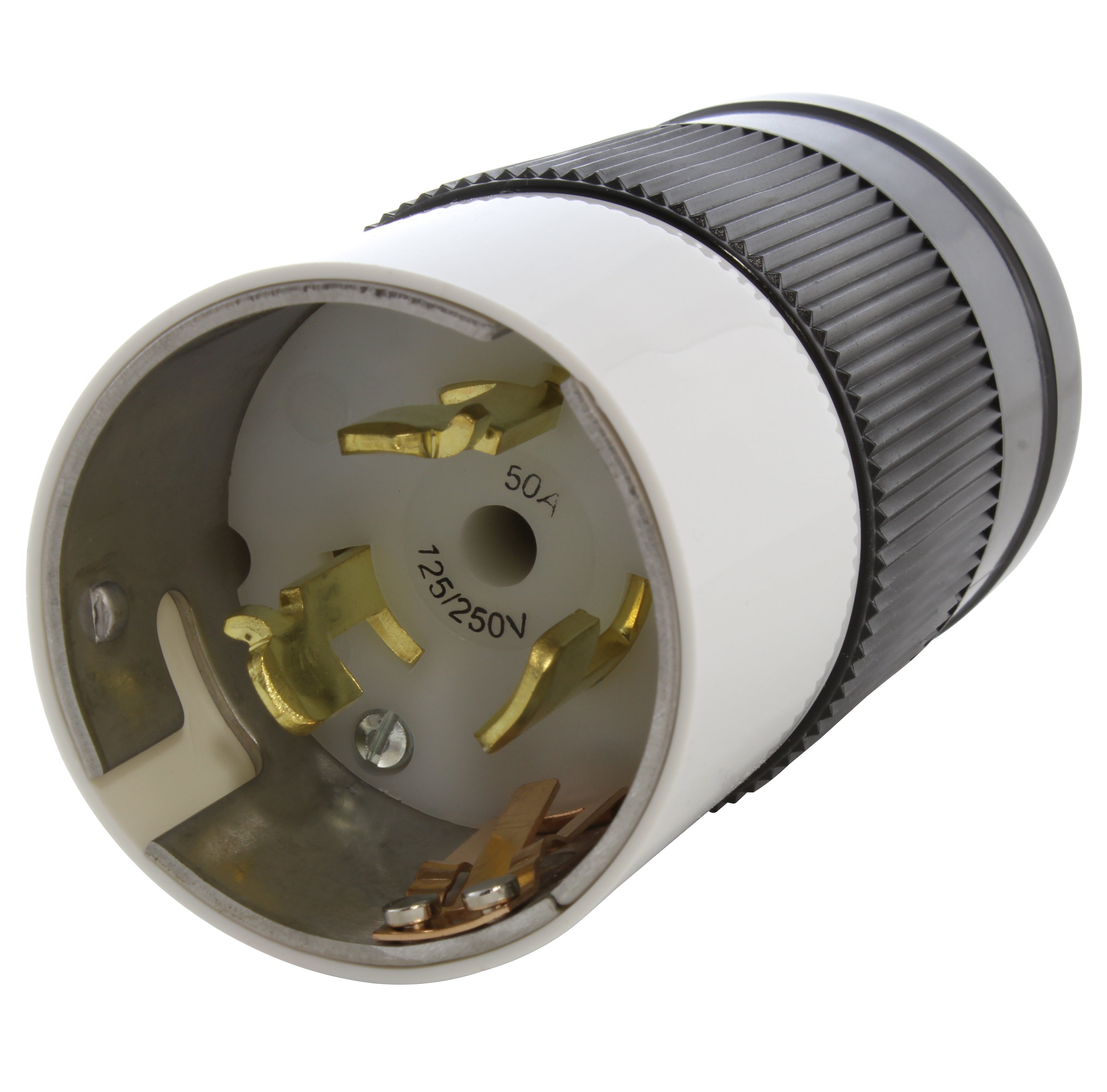
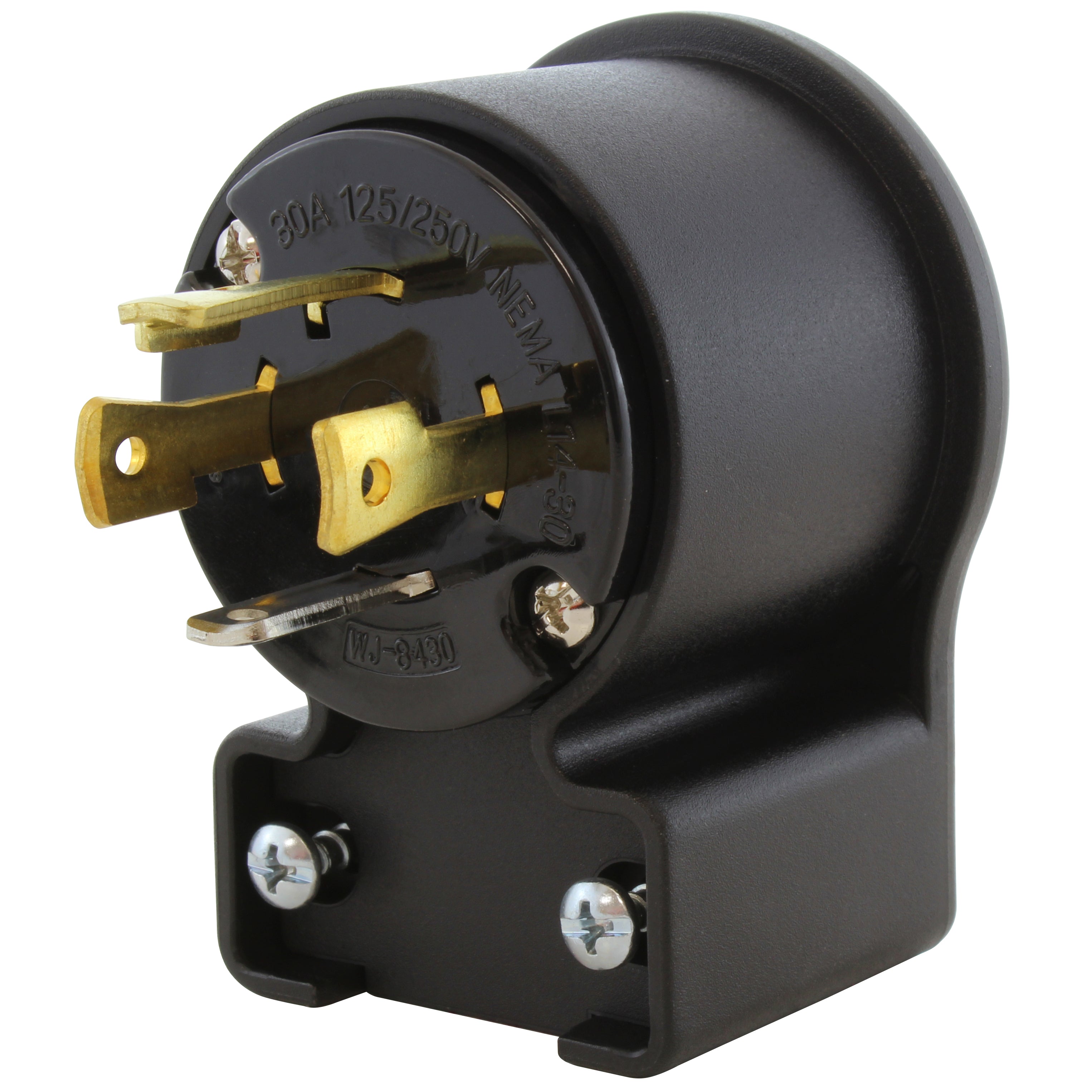
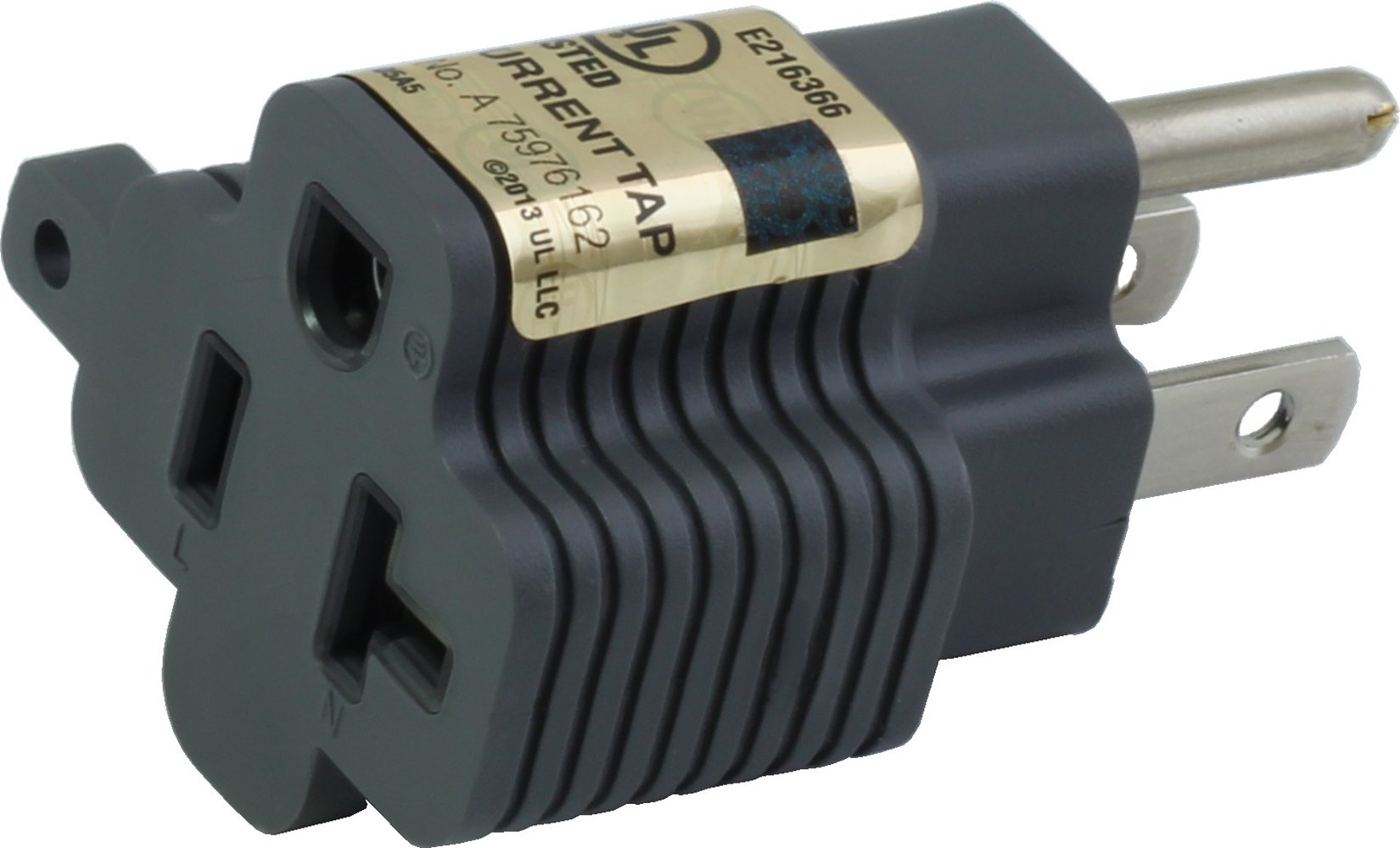
![AC WORKS® [ADV104] 3-Prong Heavy-Duty V-DUO Household Outlet Adapter](http://acworks.com/cdn/shop/products/ADV104-0.jpg?v=1605738768&width=3128)
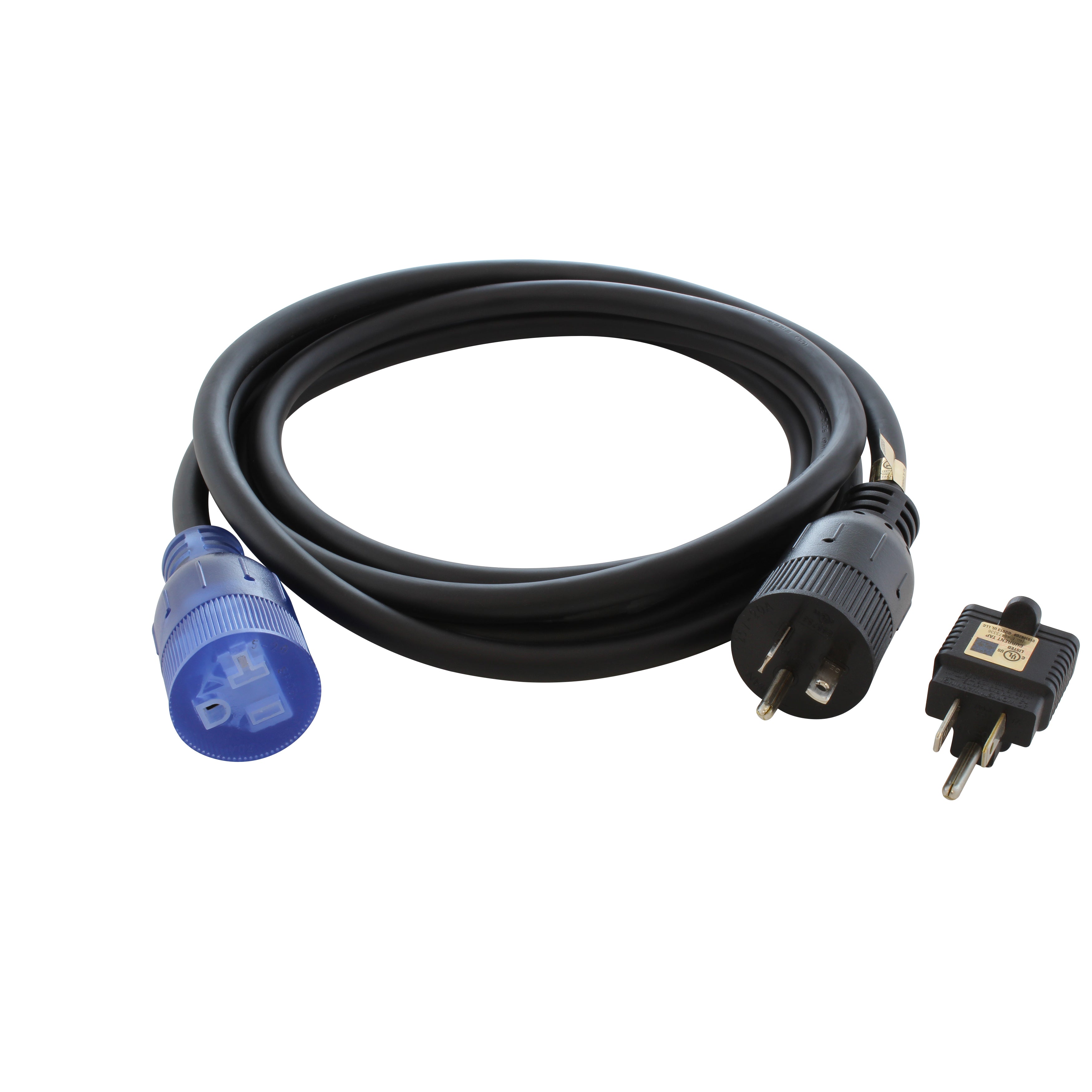
![AC WORKS® [XH515520] 15A to 15/20A 125 Volt Plug Adapter with ETL Safety Approval](http://acworks.com/cdn/shop/files/XH515520-0_daea425a-f439-48df-bb75-052167057f12.jpg?v=1729091519&width=2500)
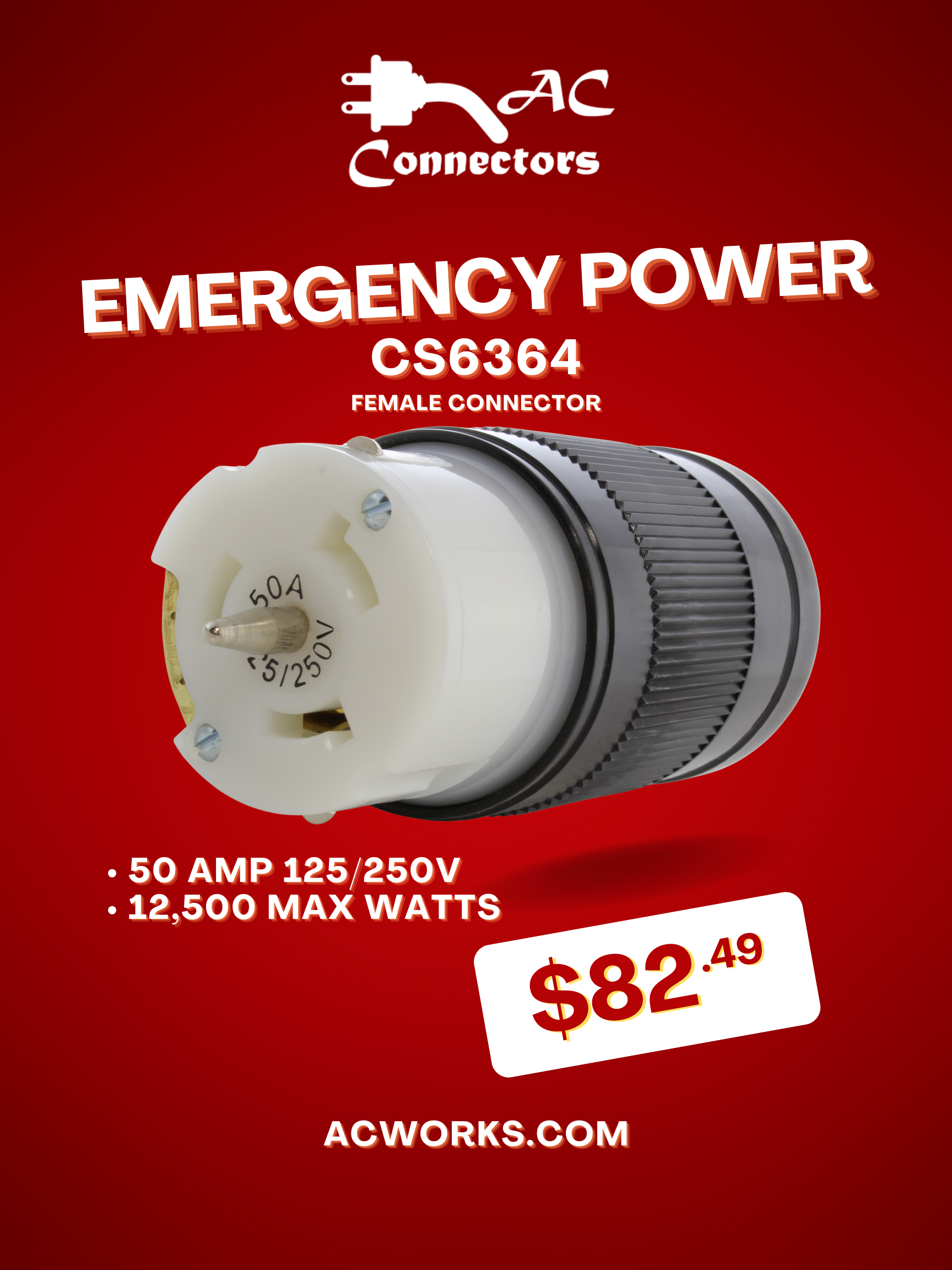
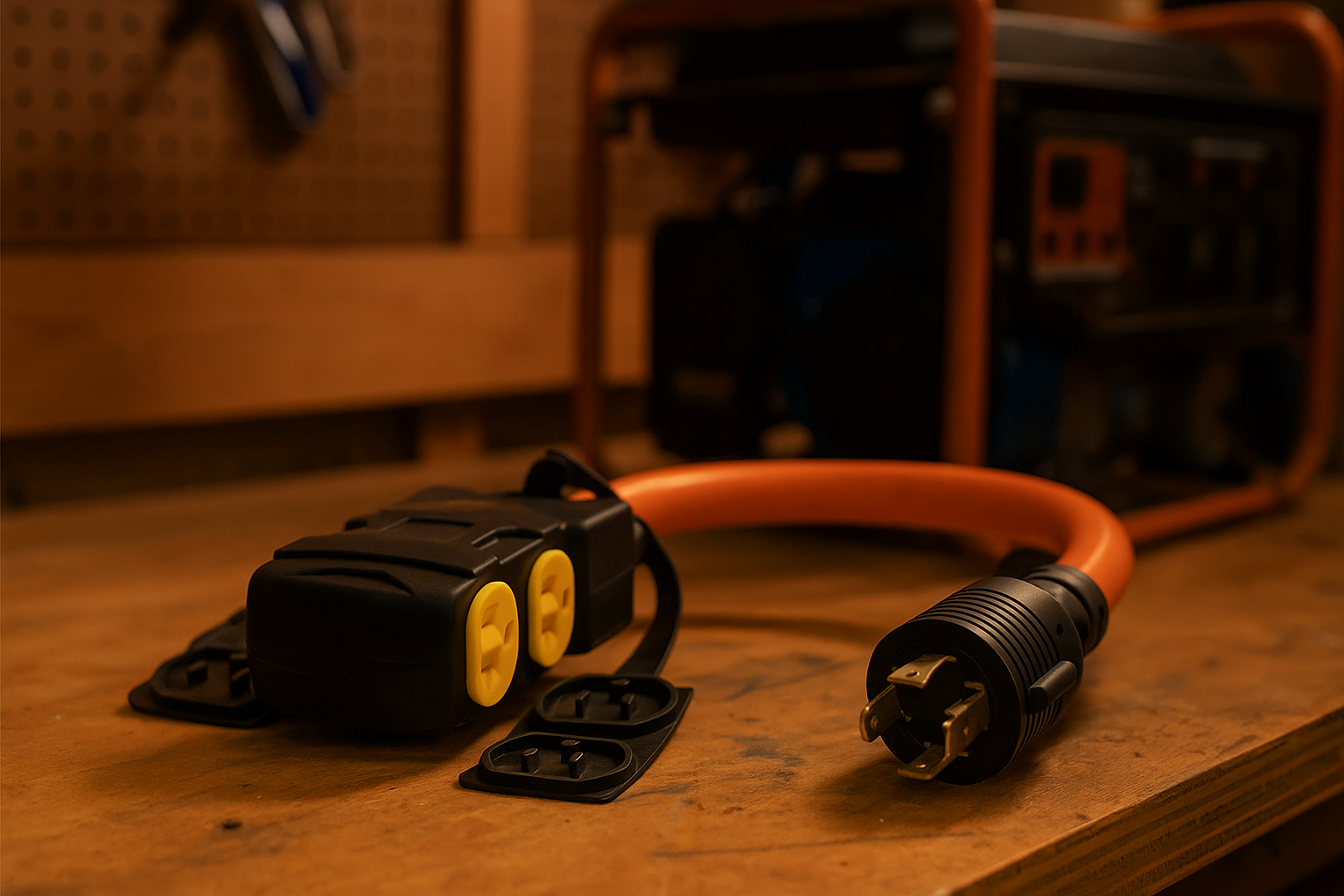

Share:
What nobody tells you about power
The Relationship between the Plug and Receptacle